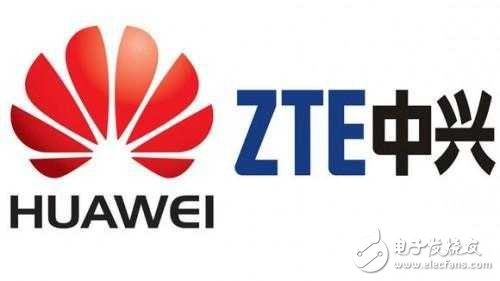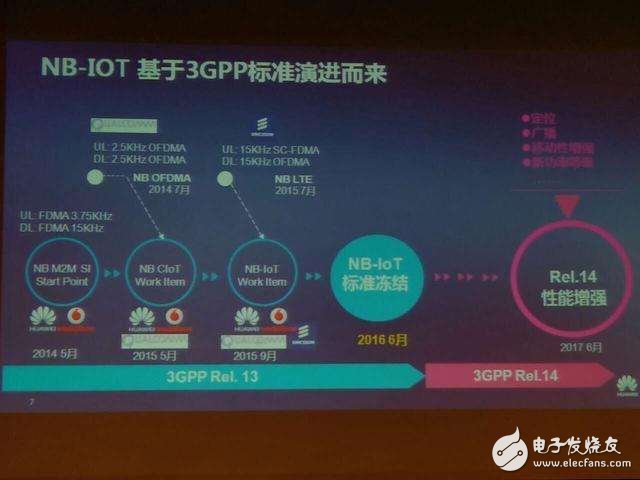In the past 2016, “5G†should be regarded as a hot keyword in the scientific and technological community. Chinese manufacturers represented by Huawei have also achieved good results in the 5G field. At the same time, in the evolution of LTE technology, especially in the narrow-band IoT technology, Chinese manufacturers represented by Huawei and ZTE have also made efforts. This year, they will launch their own narrow-band IoT chips.
According to market research institutions, the number of Internet of Things connections will reach 70 billion by 2025, far exceeding the number of links between people and people. And there will be more than 5 billion devices based on cellular technology IoT connectivity, which is clearly a very large market. Different from mobile terminal devices such as smart phones, the Internet of Things market has relatively low requirements for mobility and data transmission speed. Therefore, the current application in the Internet of Things market is mainly 2.5G/3G networks. But in the future, the two narrowband LTE technology standards LTE Cat-M1 (machine type communication) and LTE Cat-NB1 (NB-IoT) 3GPP Release 13 standard will become the mainstream technology of IoT applications. In particular, NB-IoT, as early as the RAN plenary meeting in September 2015, has been identified by 3GPP as the standard for narrowband cellular Internet of Things. It shows the importance of NB-IoT technology in the upcoming Internet of Things era.

NB-IoT technology has the following advantages: (1) Massive connection: up to 100,000 connections per cell; (2) Ultra-low power consumption: battery life of up to ten years; (3) Deep coverage: can achieve 20db higher than GSM Coverage gain; (4) Security: inherit 4G network security capabilities, support two-way authentication and strict air interface encryption to ensure user data security; (5) stable and reliable: can provide carrier-class reliability access, effectively support IoT Application and smart city solutions.
"The new NB-IoT cellular communication technology is the key to unlocking the Internet of Things. Huawei's NB" from Huawei's senior analyst Wang Zhiguo said at the 6th EEVIA China ICT Media Forum last month. Because of the importance of NB-IoT technology, Huawei has started research and development in this area very early.

As early as 2014, Huawei began research on related technologies. In September 2014, Huawei also acquired Neul, a British Internet of Things research organization, for US$25 million. Then in 2015, Huawei, Qualcomm and Neul jointly proposed NB-CIoT. At the same time, Ericsson, Nokia and other manufacturers have proposed NB-LTE. In the end, after the RAN #69 meeting in September 2015, after intense tearing, the NB-IoT can be considered as a converged version of NB-CIoT and NB-LTE. Finally, in June 2016, the NB-IoT standard was officially frozen. In the process, it is not difficult to see that Huawei has successfully participated in the formulation of the NB-IoT standard and has taken the lead in NB-IoT technology.
On January 20, 2016, China Telecom held the V1.0 version of the NB-IoT device in Beijing, announcing that China Telecom has cooperated with multiple equipment manufacturers to complete the NB-IoT cross-factory interoperability test. At the same time, China Telecom's field test was released. Commercial version and module. As the NB-IoT IoT technology standard promoter, Huawei actively participated in the telecommunications test and took the lead in completing interoperability testing with various manufacturers.
In April 2016, at the M2M conference in London, Huawei demonstrated the NB-IoT (narrowband cellular Internet of Things) strategy and innovations in IoT applications and smart city areas, and also announced the establishment of Vodafone NB with Vodafone in Newbury, England. -IoT Open Lab. At the same time, Huawei also completed commercial testing of pre-standard NB-IoT applications with Vodafone and u-blox. The three parties successfully integrated NB-IoT technology into Vodafone's existing mobile network in Spain to realize remote meter reading business.
At the 6th EEVIA China ICT Media Forum in January 2017, Huawei Hi-Tech senior analyst Wang Zhiguo said that Huawei's first commercial NB-IoT chip will be mass-produced in the first quarter of this year.
In addition to Huawei, ZTE's progress on NB-IoT is also very gratifying.
In June 2016, ZTE Corporation cooperated with China Mobile to open the signaling process of the base station to the NB-IoT terminal, and exhibited it at the GSMA Shanghai Exhibition. In September 2016, ZTE released the NB-IoT prototype chip in Beijing. The international communication exhibition was exhibited; in January 2017, ZTE AnyLink Internet of Things platform won the first battle in the global NB-IoT experimental bureau. China Telecom's Guangdong Telecom and ZTE Corporation realized the NB-IoT water meter end-to-end test environment. through. In addition, ZTE also announced that it will officially release the NB-IoT commercial chip Wisefone 7100 in the first half of 2017.
Judging from the active deployment and achievements of Huawei and ZTE on NB-IoT, in the future, in the field of Internet of Things, Chinese manufacturers will have greater autonomy and will no longer be subject to foreign manufacturers.
Power Inverter,Energy Storage Inverter,Power Wall Home Battery,Power Wall Battery
Easun Power Technology Corp Limited , https://www.easun-power.com
![<?echo $_SERVER['SERVER_NAME'];?>](/template/twentyseventeen/skin/images/header.jpg)